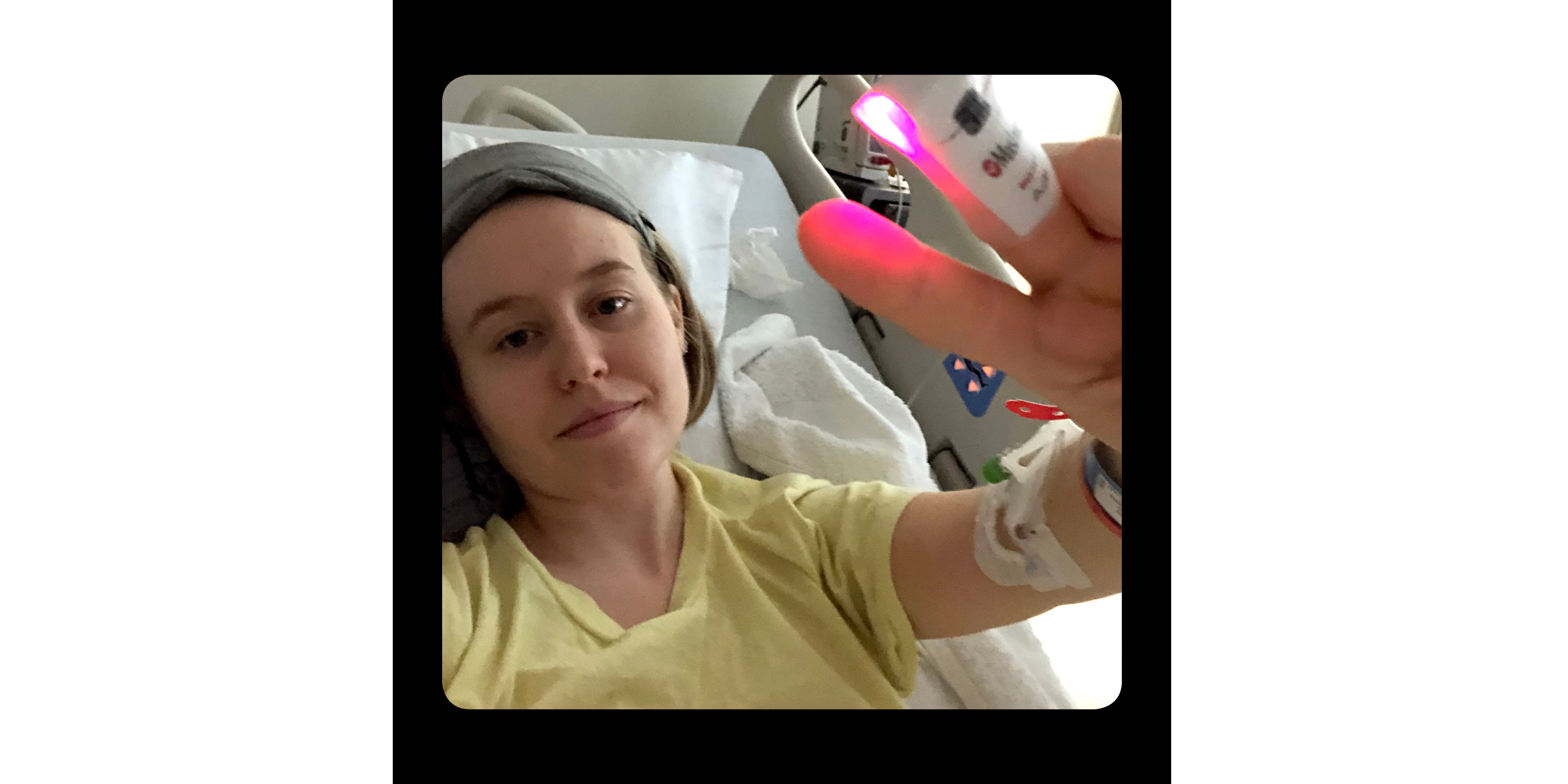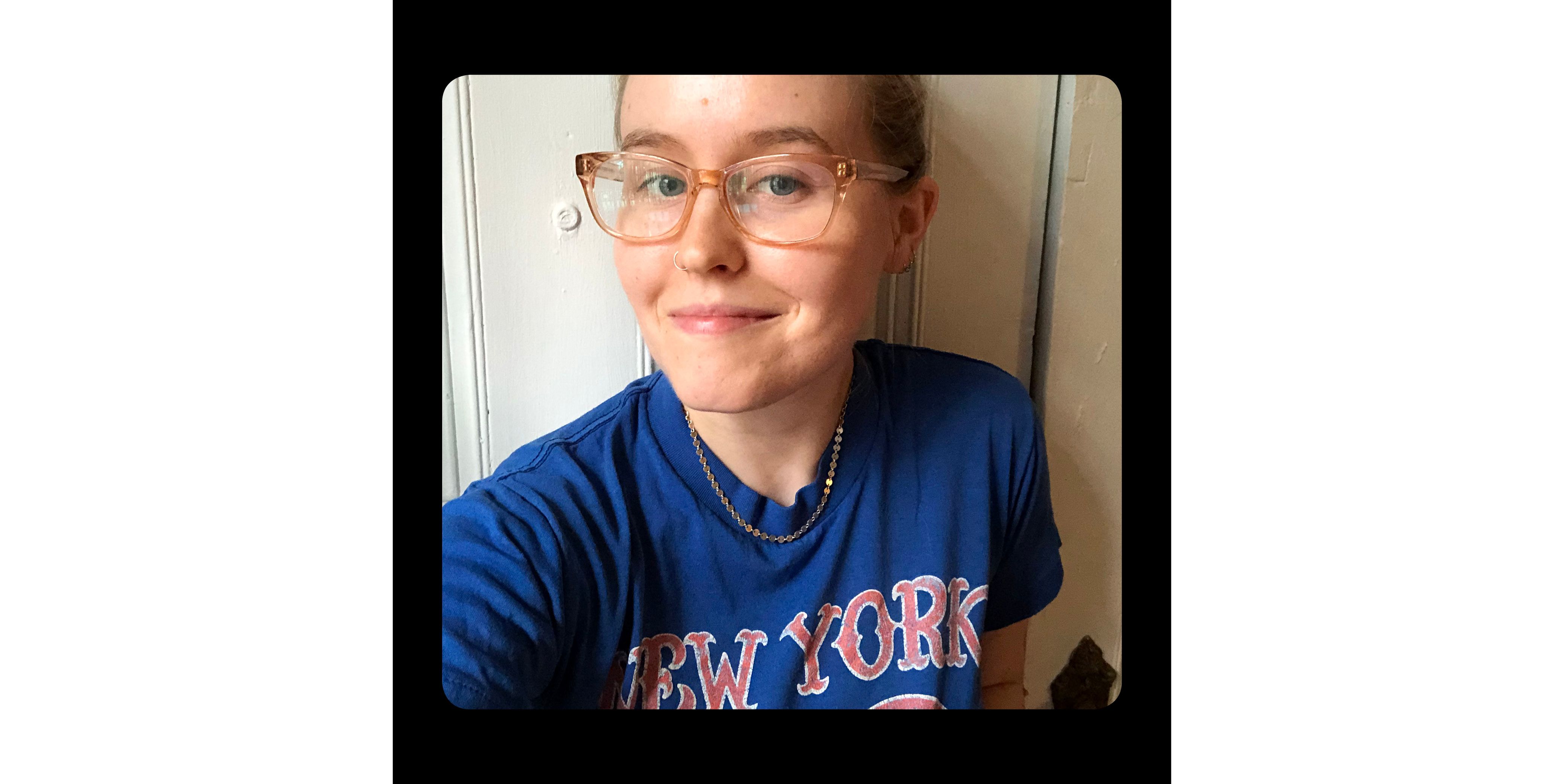
Where do you go when you feel scared, confused, and lonely after a life-altering diagnosis? For many people, the answer is…online. In WH’s 2021 Owning It series, you’ll meet nine self-starters who used social media and digital tools to seek solutions and community they couldn’t find elsewhere. Barriers, broken.
It all started on Friday, March 13, with a fairly low fever. Then I started to develop a cough and chest congestion, and within a few days I had intense shortness of breath. I was 26 and didn’t have any serious underlying health conditions, so I assumed I would be fine. But then the shortness of breath got severe enough that it was very hard to breathe unless I was lying flat on my back, focusing on my breathing, and I couldn’t walk or talk at all. On Monday night, I went to the hospital, where I got supplemental oxygen and tested positive for COVID-19.
I left the hospital on Wednesday. While I still felt very weak, my fever was gone and my breathing was much better, so I assumed that the illness would last a week or two max, that ultimately I would get better quickly. But the GI issues I had first experienced on my last day in the hospital continued for two or three weeks.
I also started having more flu-like symptoms: a stuffy nose, post-nasal drip, a sore throat. I don’t really get headaches in general, but toward the end of March or beginning of April, as I was trying to get a bit more active and do some work at my computer, I would get very intense headaches in the afternoon accompanied by eye pain and light sensitivity. Every single day around 3 or 4 p.m., I would feel like I’d been hit by a truck.
All of these symptoms cycled on and off until early June. Now I feel pretty much 100 percent better, but when I have my period, some of those cold and flu symptoms and headaches return.

I consider myself a long COVID survivor. But in those first weeks when I was sick, we didn’t have any of the language we have now, like COVID long haulers, or as much information as we have now about symptoms and infectiousness. I would send my primary care physician messages via telehealth every once in a while telling her about a symptom and asking if it could be COVID-related. She’s wonderful, but her answer was pretty much always: It could be. It could not be. We don’t really know.
On March 26, Body Politic (the queer feminist wellness collective where I’m founder and editor-in-chief) started an Instagram chat for anyone who thought they had COVID. The group grew before our eyes, and soon we knew we needed a different tool. We switched over to Slack, and now we have more than 9,000 active members and more than 60 channels, including for different kinds of symptoms (gastrointestinal, respiratory), and people who have experienced symptoms for a certain number of days (over six months). We use a Google form to vet potential members, and limit them to people who say they have had COVID-19 symptoms or, in some cases, are caretakers of people with symptoms.

Although the group is open to all COVID patients and survivors, the majority of the active members are long haulers because they’re really in need of this resource. It’s really helpful when you’re a patient going through an illness that you’re not necessarily getting better from to have other people who very intimately understand that experience, because it can be very socially isolating. You’re physically isolated because you think you might be contagious, but you’re also losing touch with friends because you’re not going on the Zoom happy hour or socially distanced walk. I’ve developed friendships with strangers that I met in the support group that are, at this point, deeper than ones I’ve had for, even, the past five years.
I don’t want the group to exist for a long time because I don’t want the pandemic to continue. But I also see from patient advocacy movements that, even once this pandemic is over, people will probably still be dealing with the long-term physical, mental, and financial impacts of having had COVID. I imagine this could be a long fight.

This article appears in the March 2021 issue of Women’s Health. Become a WH Stronger member for a print subscription and more great perks now.
Source: Read Full Article